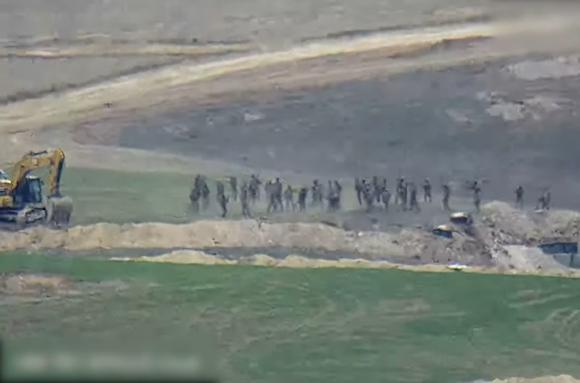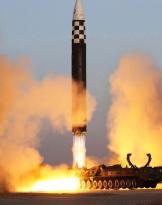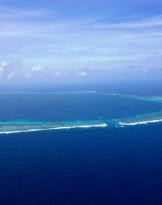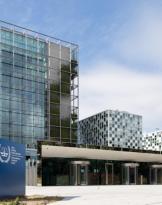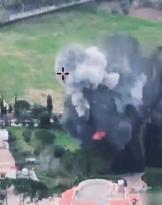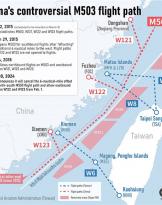Yesterday afternoon - April 11 - there was a firefight between the Armenian and Azeri armies in a border town, with deaths and injuries on both sides. After weeks of violations, this is a further step towards breaking the truce that has frozen the conflict between the two nations since 2020.
The clashes occurred near the village of Tegh, in the Armenian region of Syunik, at 16:00 local time, when some Armenian soldiers engaged in engineering operations came into contact with an Azerbaijani patrol. A firefight that lasted a few hours followed in which, according to government sources, 4 Armenian and 3 Azeri soldiers lost their lives. Among the numerous injured is the commander of the Armenian special forces Golayen.
The sighting of Iranian surveillance drones over the area of the clashes would have contributed to exacerbate the tension (the Armenian defense ministry has however officially declared that it do not own Iranian drones, ed.). Although following the episode both countries placed the contingents deployed at their respective borders on maximum alert, hostilities remained limited to the village of Tegh and completely ceased in the evening.
Responsibility for the accident
The authorities of both countries accuse each other of having caused the accident. The Armenian Defense Ministry, in a statement released in the afternoon, claims that it was an attack conducted by the Azerbaijani side with machine guns and mortar fire against a position where military engineering works of the Armenian armed forces were underway. Some videos published by the media in Armenia and relaunched by the Ministry of Defense itself a few hours later seem to confirm this version.
For its part, the Azeri government denies any responsibility, branding the whole episode as yet another Armenian provocation to which its own armed forces reacted adequately. In this regard, it is relevant to observe how, although only a few kilometers from corridor of Lachin, the scene of the clashes is in Armenian territory and not in the disputed region.
Weeks of tension
The episode came after weeks of growing tension in Nagorno-Karabakh. Yerevan has denounced numerous violations of the truce by Azerbaijan in recent months, many of which confirmed by the Russian Federation, which with a contingent deployed in Artsakh plays the role of guarantor of the truce according to the 2020 trilateral agreements. At the same time, the authorities of the self-proclaimed republic of Artsakh complain about the ongoing blockade corridor of Lachin, placed speciously by the Azerbaijani forces since December 12 last year.
At the same time, since March, the tone between the Azerbaijani and Iranian authorities has escalated, with accusations by Baku of terrorist activities conducted by Iran and the expulsion of Iranian diplomatic personnel from Azeri territory. In response, Iran deployed a contingent on Azerbaijan's southern border a few weeks ago, which is stationed in a state of alert and conducts aerial reconnaissance over the region.
Given the similarity to the events that rekindled the fuse of the conflict in 2020, in a climate of similar tension it is legitimate to fear that episodes like yesterday's could lead to a definitive break in the truce and a third chapter in the war between Armenia and Azerbaijan. However, the balance of power in the region has changed, and the Armenian readiness to engage in armed conflict has greatly diminished.
Isolated Armenia
If already since the war of 2020, thanks to Turkish support, the balance of power in Nagorno-Karabakh had reversed in favor of Baku, Azerbaijan today seems willing to take advantage of the condition of isolation in which Armenia finds itself following to the recent change of balance in the southern Caucasus.
Following the war in Ukraine, the Russian Federation, a historical supporter of Yerevan, has in fact re-established relations with Azerbaijan, through whose gas pipelines it has found a way to finance itself by circumventing Western sanctions. Even more than the economic interest, in the disengagement from the Caucasian theater for the Russian Federation weighs the fear that a stiffening in defense of Armenia could trigger a direct Russian involvement in a conflict on its southern borders, thus opening a second war front that is unlikely to the Federation can afford in the current circumstances.
Russia's unwillingness to commit itself to its defense has prompted Armenia in the last year to abandon exercises with the Collective Security Treaty Organization and to enter into dialogue with NATO. Armenian participation in the great NATO exercise was recently announced Defender 23scheduled for the end of April. However, without an explanation from NATO or the Armenian authorities, a few hours before yesterday's clashes, Armenia was removed from the list of countries participating in the exercise.
Even assuming that relations with NATO continue and that the hitch was temporary, it would still take years for the Armenian armed forces to be effectively integrated into the Atlantic treaty, given the complete dependence on Russia in terms of standards and equipment they have had in these years, in continuity with the Soviet period.
In a statement today, the spokeswoman for the Russian Foreign Ministry, Maria Zakharova, expressed the Federation's disappointment regarding the possible Armenian participation in exercises within NATO.
In the limbo in which Armenia seems to find itself, the only certainty seems to be the Iranian determination to intervene against Azerbaijan in the event of an escalation. For the Islamic republic, in addition to the interest of containing the Turkish-Azerbaijani presence on its borders, there is the need to keep open a land communication route towards Russia to bypass the western encirclement.
In the margins of this context, it is worth noting how in Italy the historic sensitivity to the Armenian cause has weakened hand in hand with the growing importance of Azeri gas in the national energy strategy. Minister Crosetto, visiting Baku on 12 January, announced military collaborations with Azerbaijan, while negotiations continue for a doubling of the flow rate of the TAP gas pipeline by 2027.
Clearly, developments in the South Caucasus are likely to have a significant impact far beyond the regional dimension.

